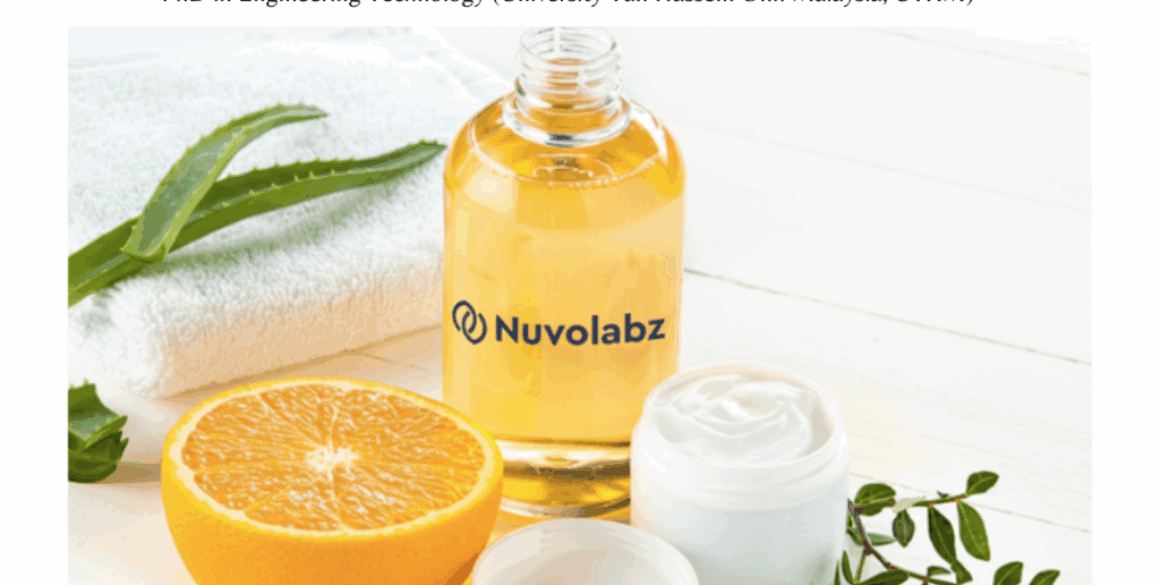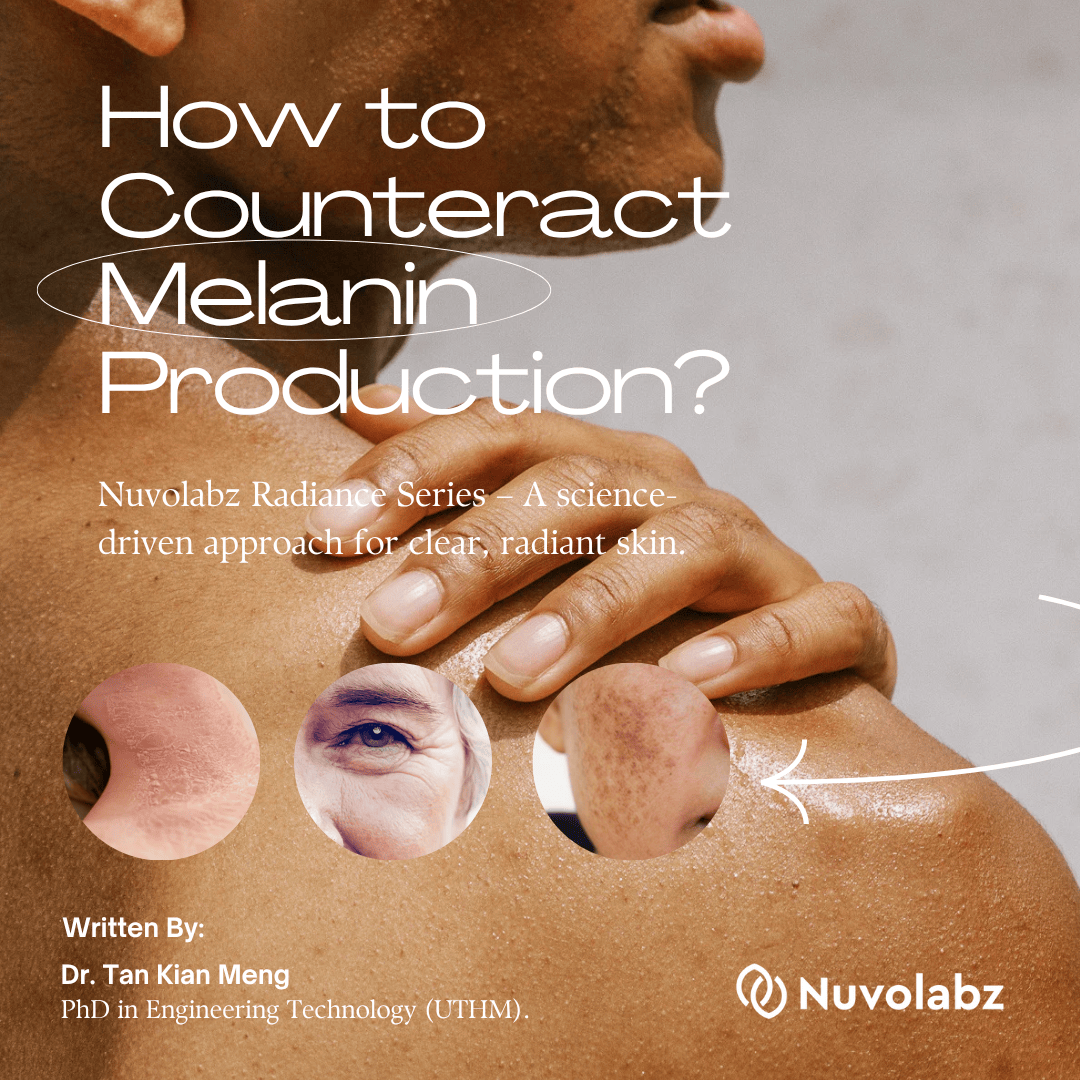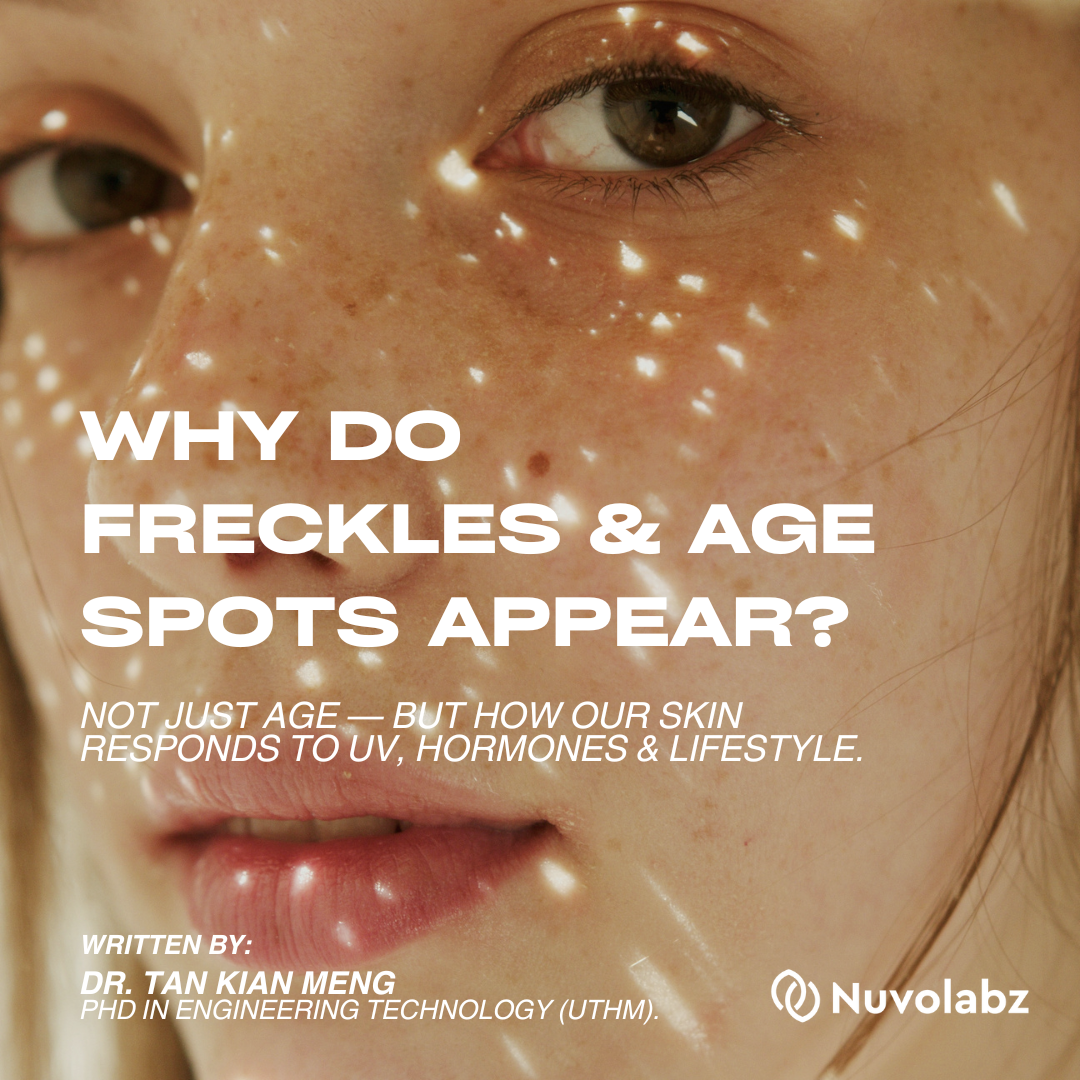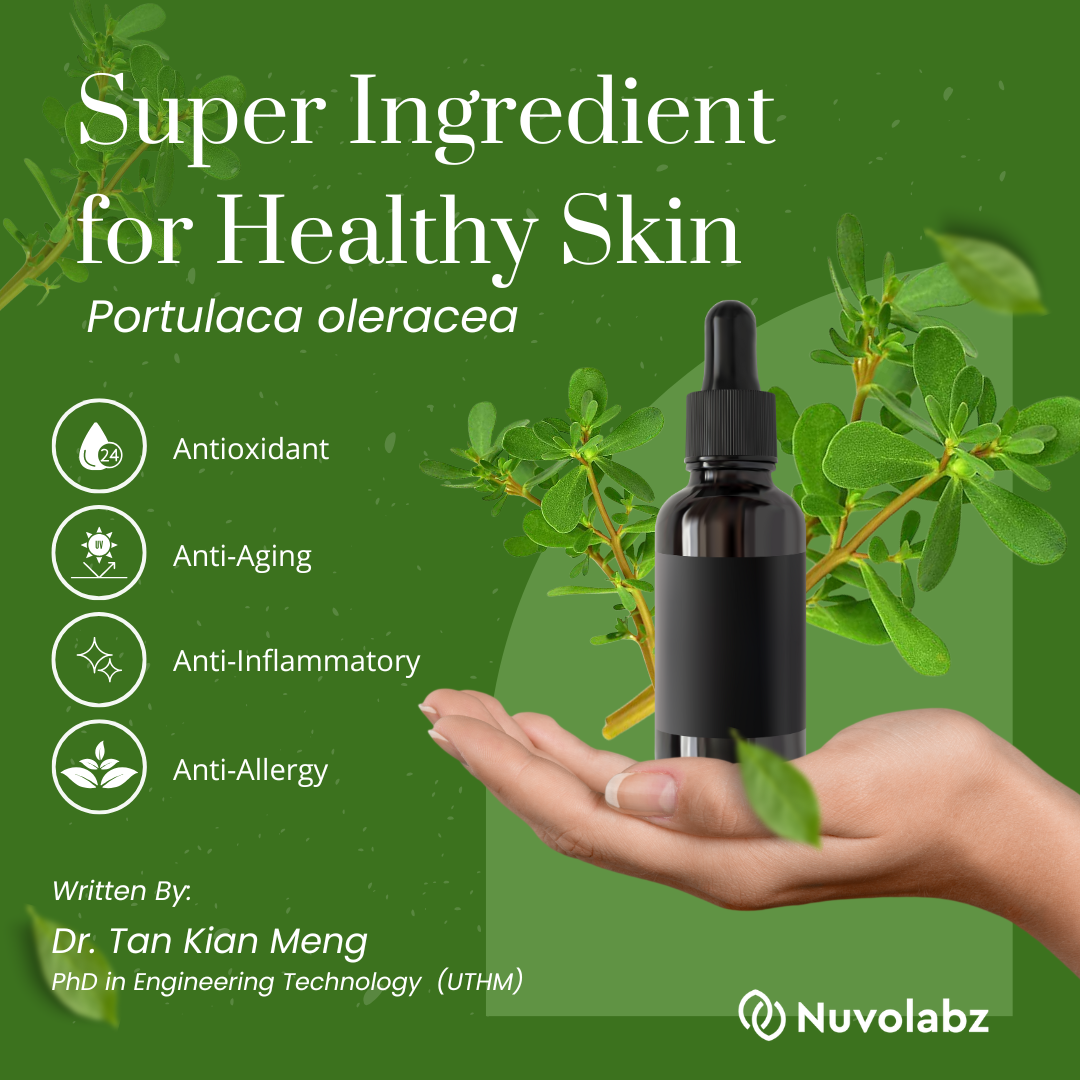What is crucial in skincare?
It is often overlooked that the skin, the largest organ of the body, is also the least safeguarded. Cleansing is the initial step in any skincare routine, which can either protect or harm the skin. Inadequate cleansing can lead to clogged pores, while overly aggressive cleaning may damage the skin barrier. Proper cleansing is essential to maintain healthy skin by removing the residual impurities which can obstruct hair follicles, disrupt metabolism and accelerate skin ageing. Besides, harsh cleansers depletes natural oils and irritates the skin, which ultimately will weaken the natural skin barrier over time.
Are you cleaning your face the right way?
To effectively cleanse your face, it is essential to follow a systematic approach that ensures the removal of impurities while maintaining the skin’s natural balance. Selecting a right facial cleanser that matches your skin type is the key, whether it be oily, dry or sensitive. In fact, the use of oils for skin care dated centuries back to ancient Egypt in 700 BC. Oils cleansing is known for not drying out skin: replenishing oils instead of just stripping oils away with soap. The concept of “nourishing the skin with oils” has first become popular in Japan and then spread to China. To date, there is growing interest devoted to identifying and developing botanical-based ingredients for skin health products.
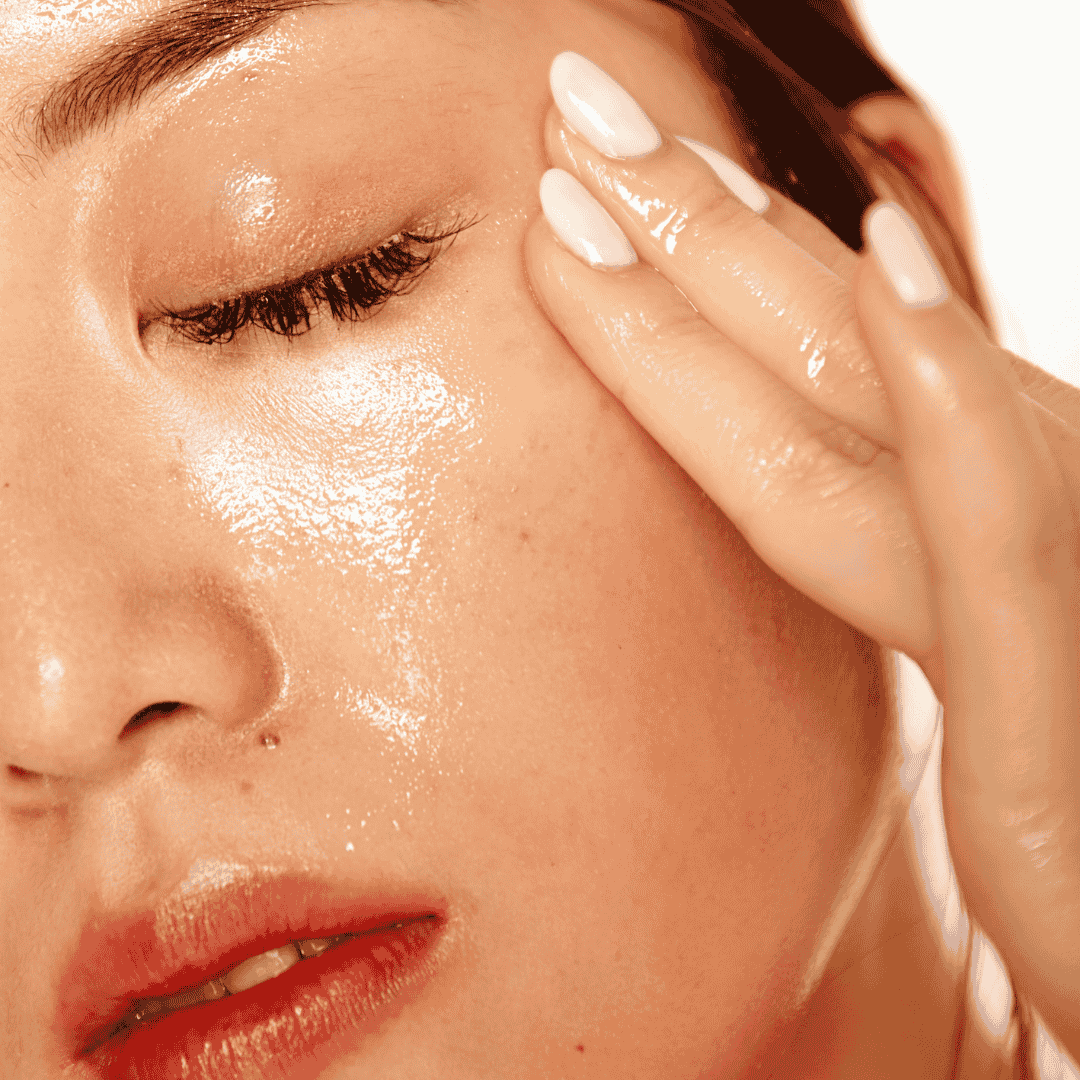
Nuvolabz Botanical Cleansing Oil
Our Botanical Cleansing Oil is a premium quality oil-based cleanser, expertly formulated with a blend of plants’ seed-oils. This luxurious blend of natural oils effectively removes makeup, sunscreen and impurities, creating soft and nourished skin. With the blend of Sweet almond and Rosehip oils, it gently cleanses without depleting the natural oils on skin. Jojoba and Castor seed-oils help to balance sebum production, while a calming scent from Sweet orange peel oil promotes relaxation. This product is suitable for all skin types. This cleansing oil offers a serene experience for skin and senses.
In our formulation, we considered the unique characteristics of various oils topical in skincare. We recognized that the varying ratios of essential fatty acids significantly determine the barrier repair benefits of natural oils. Oils with a higher linoleic acid (LA) to oleic acid (OA) ratio have better barrier repair potential, whereas oils with higher amounts of irritating OA may be detrimental to skin barrier function.
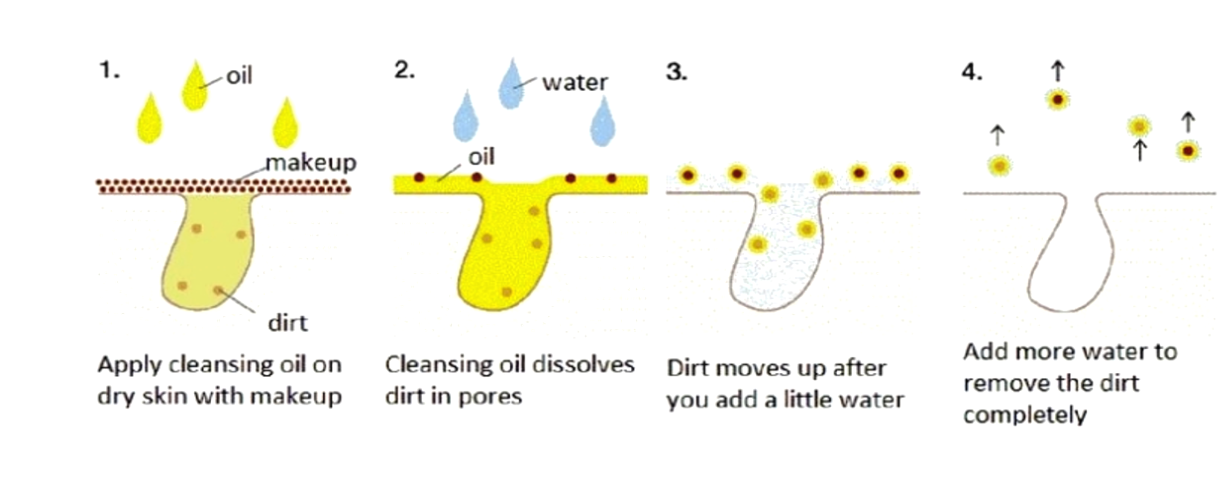
In chemistry, the fundamental principle of solubility is summarised as “like dissolves like.” This idea is illustrated by the oil cleansing method, where oil effectively removes oil-based makeup. Typically, oil does not mix with water, the addition of an emulsifier (surfactant) enhances the oil-water interaction. A surfactant, or surface active agent, has a distinctive structure with a lipophilic tail that bonds with oil and a hydrophilic head that engages with water. This dual affinity allows the surfactant to facilitate the dispersion of oil with water. Thus, creating the formation of small droplets that can be easily rinsed away, cleansing the skin similarly to a mild soap.
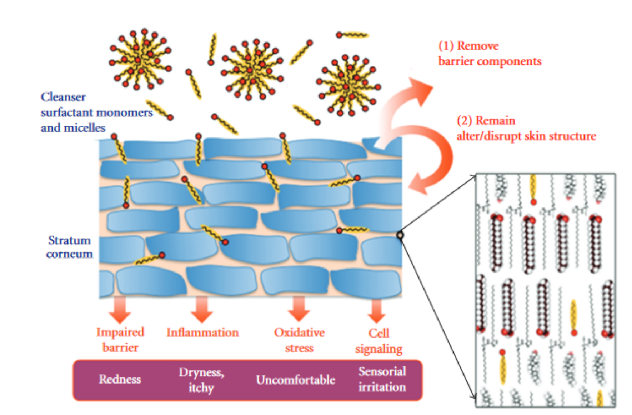
Most facial cleansers available in the market typically contain anionic surfactants, non-ionic surfactants or a combination of both. The drawbacks of conventional oil cleanser incorporates with anionic surfactants is their tendency to not only eliminate stratum corneum (SC) materials but also to remain within the SC itself. Anionic surfactants can deeply penetrate and interact with the skin, leading to substantial changes in its barrier properties. For instance, alkyl sulphates can infiltrate and compromise the integrity of the SC within a few hours of post-application. During this brief time-frame, anionic surfactants are capable of penetrating the upper layers of the SC, binding to, swelling and denaturing proteins due to their negatively charged hydrophobic heads, ultimately resulting in the removal and disruption of SC lipids. Such interactions have historically been associated with skin dryness, redness and irritation.

Nuvolabz Botanical Cleansing Oil distinguishes itself by incorporating Olive Oil PEG-7 Ester, a non-ionic surfactant derived from olive oil that possesses emollient, solubilizing and co-emulsifying properties. Among all the natural oils, olive oil is particularly notable for its close resemblance to human sebum, which contributes to its exceptional compatibility to the skin. Its neutral charge ensures that it does not interact with proteins, thereby preventing any disruption to the SC. Furthermore, its ability to penetrate the skin facilitates a thorough cleansing process. The blend of different types of oils that work in synergy to effectively dissolve and remove both surface impurities and deeply embedded debris within the pores.
The formulation includes heavier oils such as Coconut and Sweet Almond oils, which possess a strong affinity for impurities like sebum, makeup residue and environmental pollutants that can accumulate deep within the pores. These oils effectively dissolve such impurities and ensure a thorough cleanse. Besides, the inclusion of natural plants’ seed-oils serve to repair the skin barrier by replenishing intracellular lipids, forming an occlusive seal and enhancing SC hydration. This ultimately reduces inflammation and prevents invasion of microbes as depicted in (c). A compromised skin barrier allows irritants, allergens and microbes to penetrate, which, in conjunction with an exaggerated immune response, will result in skin inflammation as shown in (b).
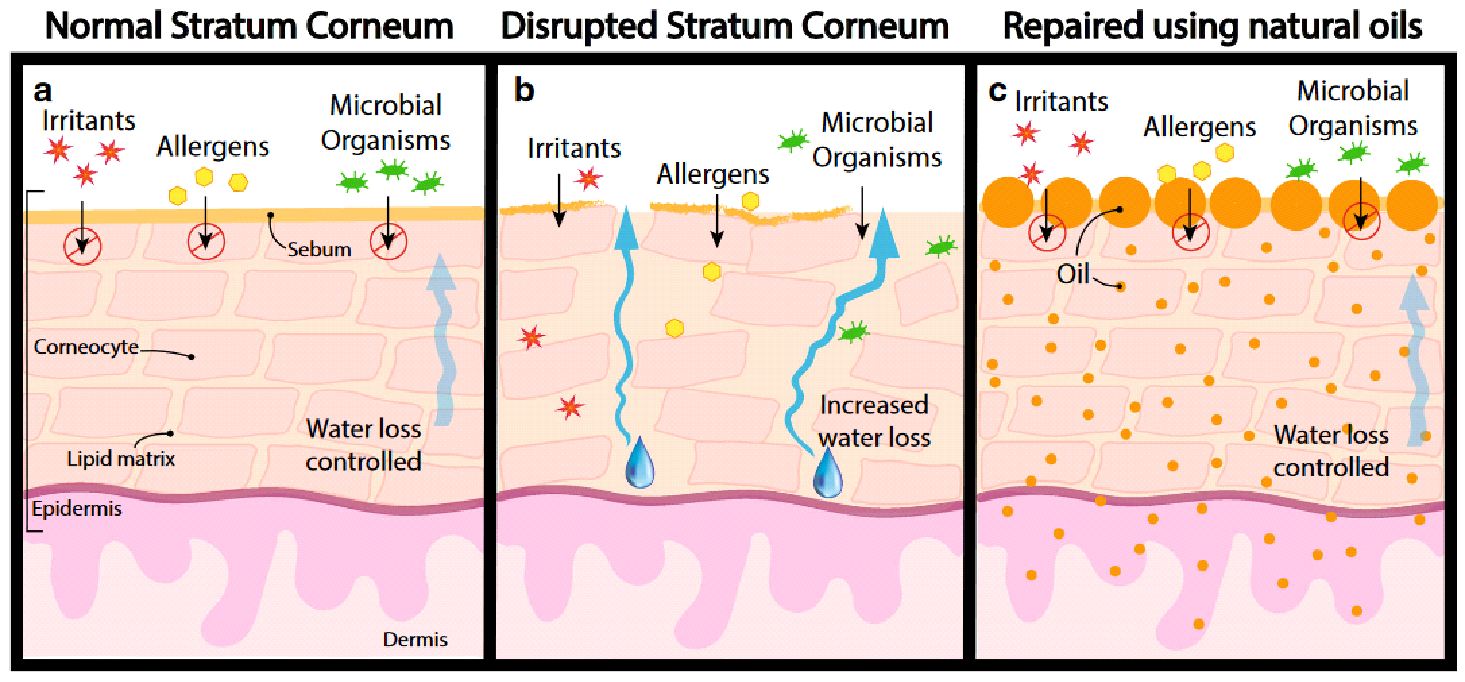
Therefore, despite the potent cleansing abilities, our Botanical Cleansing Oil is formulated to be gentle on the skin. This makes it suitable for various skin types, including compromise or sensitive skin. It is aimed to offer a balanced approach, ensuring a deep cleanse without compromising the skin’s natural moisture levels and contributing to maintaining a healthier skin barrier.
Supplementary Information: Research Data
Background: A group of researchers have conducted an experiment to investigate the optimal cleansing method for the removal of sunscreen: Water, cleanser or cleansing oil.
Objectives: To evaluate the cleaning efficacy of sunscreen with or without water resistant performance by water, or a foaming cleanser or a cleansing oil.
Methodology: Photos of 20 participants were taken by VISIA prior and subsequent to application of the sunscreen as a negative control and a positive control, respectively. Volunteers were instructed to wash off sunscreen with water only, the cleanser or the cleansing oil and photos were taken by VISIA again after face washing. Assessment of the cleansing efficacy was conducted by Photoshop CS6 and volunteer reported outcomes.
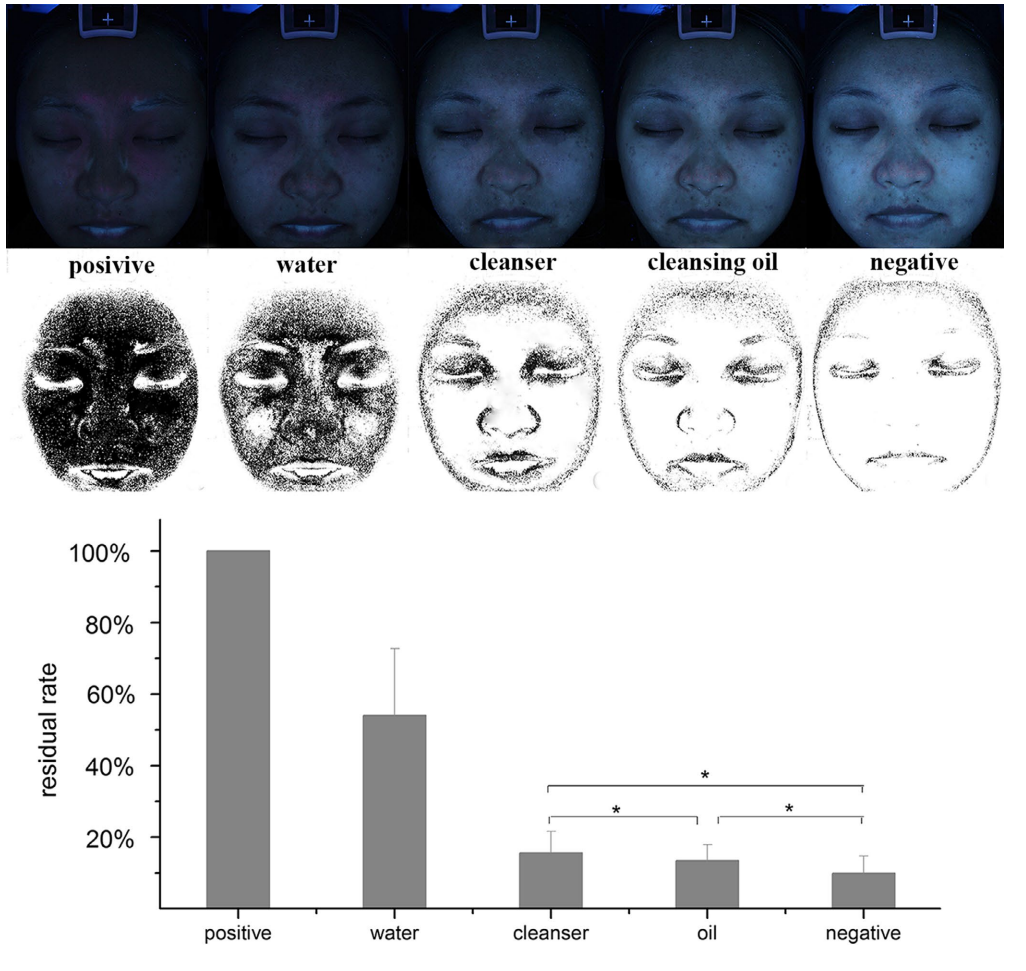
Results 1: For the non waterproof sunscreen, the residue rate of water, cleanser, and cleansing oil group were 54.0% ± 19.2%, 15.6% ± 6.1%, 13.4% ± 4.6%, respectively. No significant difference was found between the cleanser group and the negative control group (9.9% ± 4.8%) or between the cleansing oil group and the negative control group.
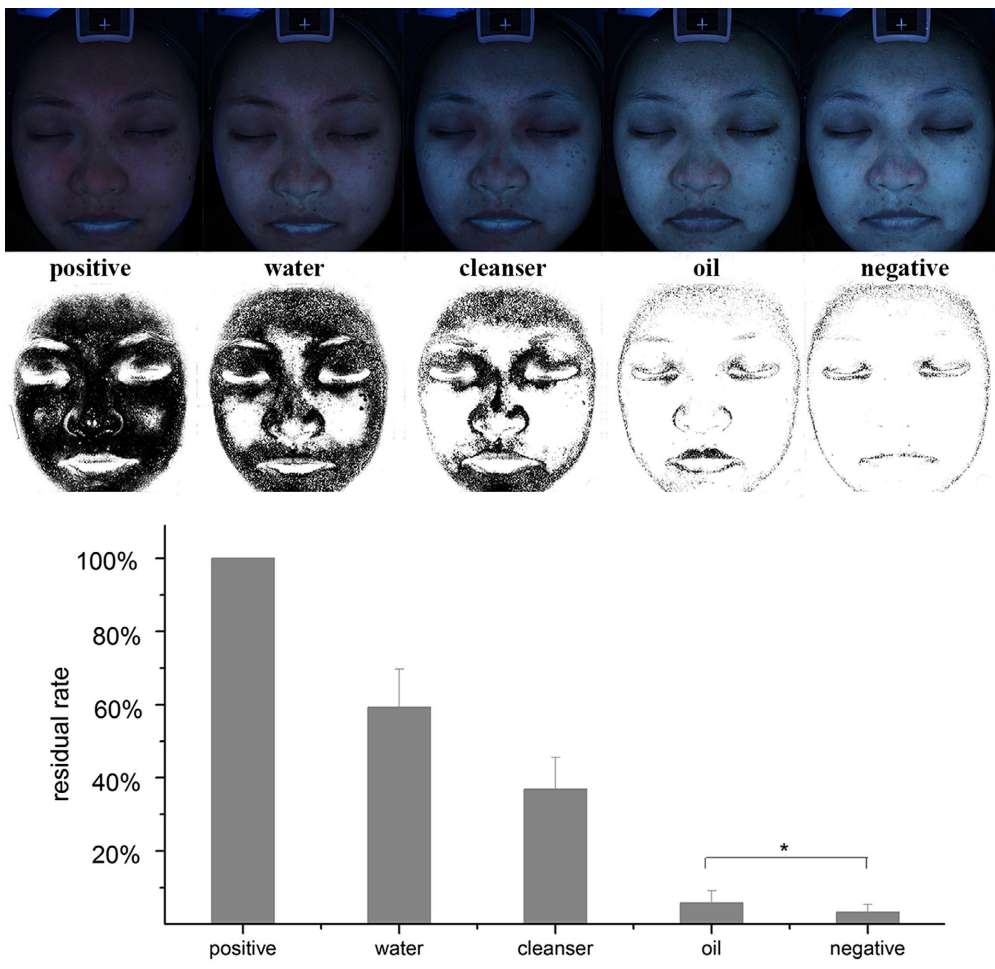
Results 2: For the waterproof sunscreen, the residue rate of water, cleanser, and cleansing oil groups were 59.3% ± 10.4%, 36.8% ± 8.8%, 5.8% ± 3.3%, respectively. No significant difference was found between the cleansing oil group and the negative control group (3.2% ± 2.2%).
Conclusion: The non waterproof sunscreen may be washed off by the cleanser or cleansing oil and the waterproof sunscreen by the cleansing oil. Moreover, the cleansing oil may cause less skin irritation and dryness compared with the cleanser.
Written By: Dr. Tan Kian Meng PhD in Engineering Technology (University Tun Hussein Onn Malaysia, UTHM)
References
1. Chen, W., He, M., Xie, L., & Li, L. (2020). The optimal cleansing method for the removal of sunscreen: Water, cleanser or cleansing oil? Journal of cosmetic dermatology, 19(1), 180-184.
2. Kim, J. E., & Lee, J. N. (2019). The effects of cleansing oil on skin by preferred vegetable base oil. Journal of the Korea Academia-Industrial cooperation Society, 20(4), 264-274.
3. Morris, S. A., Thompson, R. T., Glenn, R. W., Ananthapadmanabhan, K. P., & Kasting, G. B. (2019). Mechanisms of anionic surfactant penetration into human skin: Investigating monomer, micelle and submicellar aggregate penetration theories. International journal of cosmetic science, 41(1), 55-66.
4. Vaughn, A. R., Clark, A. K., Sivamani, R. K., & Shi, V. Y. (2018). Natural oils for skin-barrier repair: Ancient compounds now backed by modern science. American journal of clinical dermatology, 19(1), 103-117.
5. Walters, K. A., Bialik, W., & BRAIN, K. R. (1993). The effects of surfactants on penetration across the skin. International journal of cosmetic science, 15(6), 260-271.
6. Walters, R. M., Mao, G., Gunn, E. T., & Hornby, S. (2012). Cleansing formulations that respect skin barrier integrity. Dermatology research and practice, 2012(1), 495917.
7. Yu, J. Y., Jang, A. Y., & Chang, B. S. (2019). Comparative Analysis of Skin Condition after Using Cleansing Oil and Cleansing Water for Removing Facial Makeup. Medico-Legal Update, 19(2).

